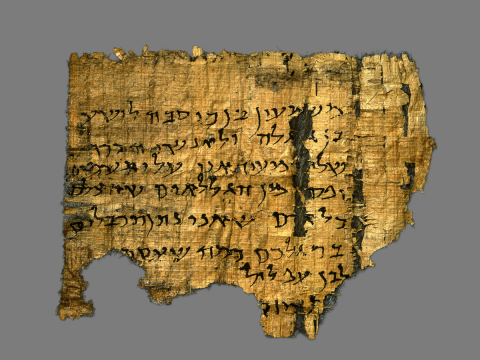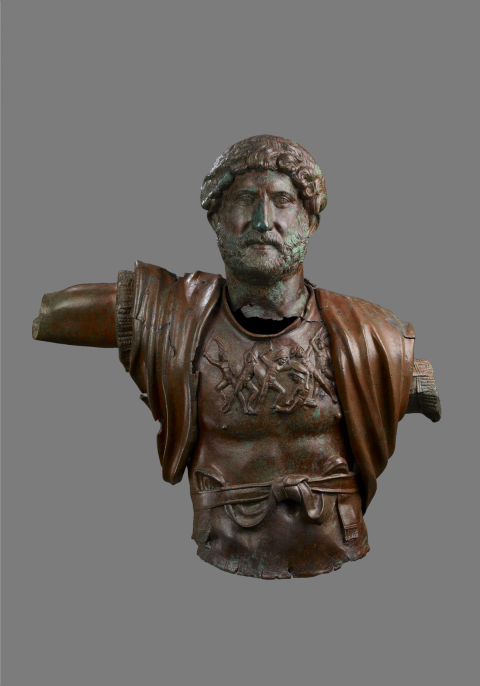The Romans did not anticipate the losses suffered by their army. That for Rome the revolt was not an incidental event taking place at the edge of the empire, however, is indicated in the period, for instance, by the eschewal of the usual formulas of greeting to the Senate by commanding army officers: ãWhen you and your children are healthy, then it is good. We and the army are healthy.ã (Cassius Dio, Roman History 69,14,2). Only when the Emperor Hadrian transferred command to the trusted general Julius Severus did the Romans succeed in crushing the rebellion in Judea. Simon ben Kosiba was killed in the fortress of Betar near Jerusalem, his last refuge, in 135 CE. Rabbi Akiva and the other rebels were executed.
For Hadrian, the significance of the victory over the Jews was accentuated only through the award of the title Imperator by the Senate in 135 or 136 CE. Otherwise, this second victory over the Jews, in contrast to the Roman propaganda following the First Jewish War, was not celebrated with a triumphal procession in Rome, nor does it find corresponding expression in the images on Hadrianic coins.
The bronze statue of Hadrian from Tel Shalem, today in the Israel Museum in Jerusalem (Fig. C.), may have been made in connection with the successful conclusion of the war ã but was possibly also erected in 130 CE, when the emperor visited Palestine for the re-establishment of Jerusalem as Aelia Capitolina.
The Last Jewish Coins
A notable feature of the Bar Kokhba coins is that they are overstruck. The Jewish rebels re-struck coins already in circulation during this period ã primarily Roman coins, but also others including coins from Palestinian city-states ã with their own new motifs and legends. Even older Jewish coins, such as those of Herod the Great, were used as planchets. In addition to material needs, the re-striking of coins from the Roman occupiers was also a consciously symbolic act by which the depictions on the Roman coins were extinguished (No.1A).
The coinage from the period of the Bar Kokhba Revolt can be assigned to the four years of the war. While the pieces from the two first years bear the dates ãyear 1ã (132/133 CE) (No.2B) and ãyear 2ã (133/134 CE) (No.5A), the coins of the last two war years bear no indications of date (compare No.3B and No.13B). The rebel-led administration minted silver coins in three different denominations: selaãim (tetradrachmae), sheqalim (didrachmae) und zuzim (denarii). These Hebrew terms are recorded in contemporary sources. The denominations of the bronze coins are less well documented; they probably likewise included three or four different value levels.
The most common motif on the coins is the Temple faûÏade, which refers either to the second Jewish Temple, at this point no longer extant, or to the third Temple, still to be rebuilt (No.2A). The reverses of the coins with the Temple faûÏade show objects which derive from the Jewish Temple cult, for instance lulav and etrog in reference to the feast of Sukkot (No.2A). Motifs such as musical instruments (No.4B and No.6B) and vessels (No.9B and No.10B) can likely also be assigned to the cultic context.
In addition, there are images which indicate the land of Judah (palms and palm branches) and the fertility of the land (grapes and grape leaves) (No.11B). With these identity-forming motifs that refer to the cult and the land, these coins bear also inscriptions such as é MãWN NãSY YSRãL (ãShimon, Prince of Israelã) (No.4B), and from the second year only é MãWN (ãShimonã) (No.5A) or ãLãZR HKHN (ãEleazar the Priestã) (No.12A), with which they were personalized. Shimon is doubtless Simon ben Kosiba, the rebel leader, whileãEleazar the Priestã has thus far not been identified as a historic personality.
Coin No.14A is an example of the later reuse of a Bar Kokhba coin as a pendant. Among other things, the hole indicates which motifs were important for the wearer of the coin as a piece of jewellery. Whether in this case the wearer was mindful that he wore a coin from the rebellion can no longer be verified today.
Further Reading
Y. Meshorer, A Treasury of Jewish Coins. From the Persian Period to Bar Kokhba, Jerusalem 2001
Y. Meshorer et al., Coins of the Holy Land. The Abraham and Marian Sofaer Collection at the American Numismatic Society and the Israel Museum, New York 2013, 2 vols.
L. Mildenberg, The Coinage of the Bar Kokhba War, Aarau 1984
P. SchûÊfer, Geschichte der Juden in der Antike. Die Juden PalûÊstinas von Alexander dem Groûen bis zur arabischen Eroberung, Tû¥bingen 2010

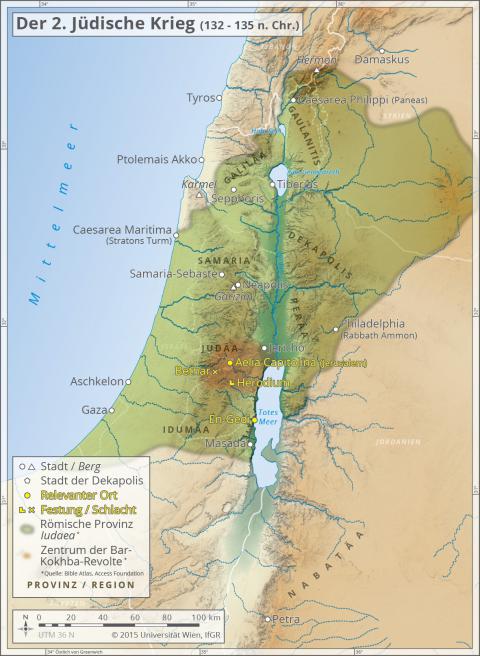
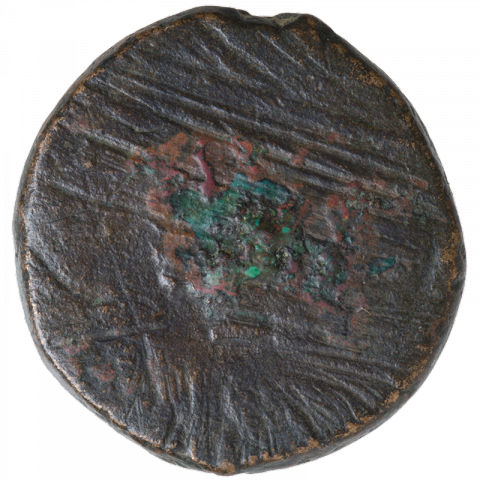
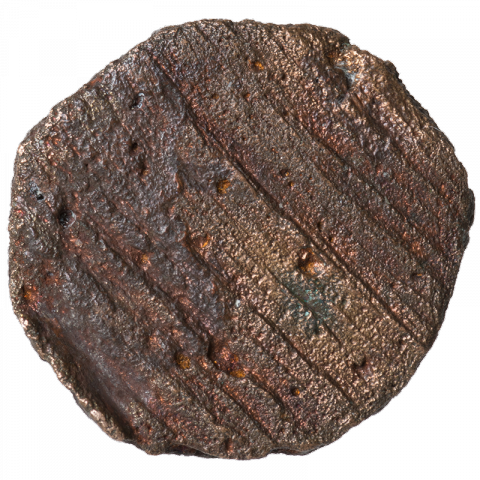

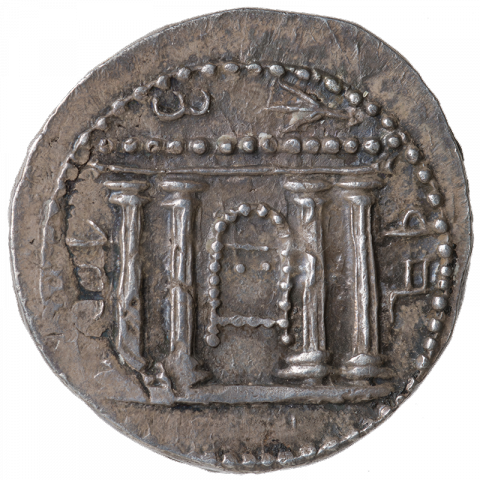

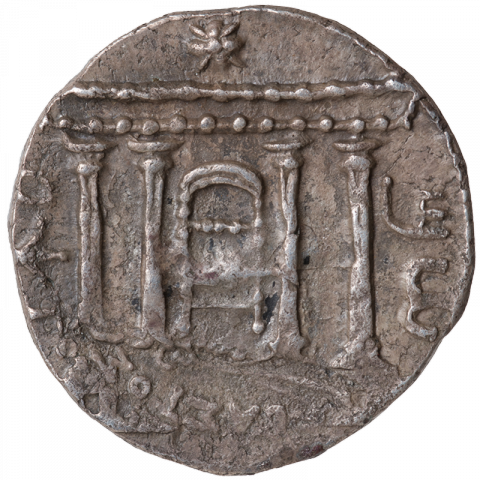
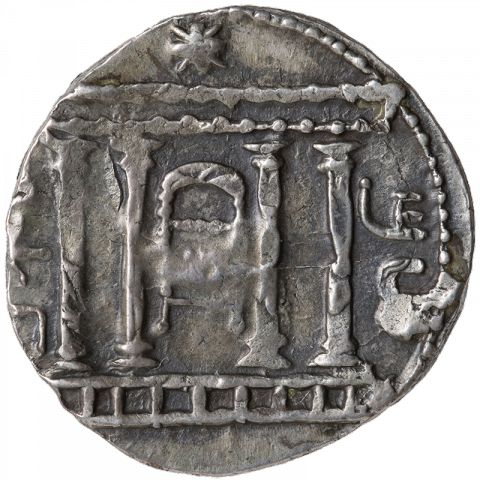


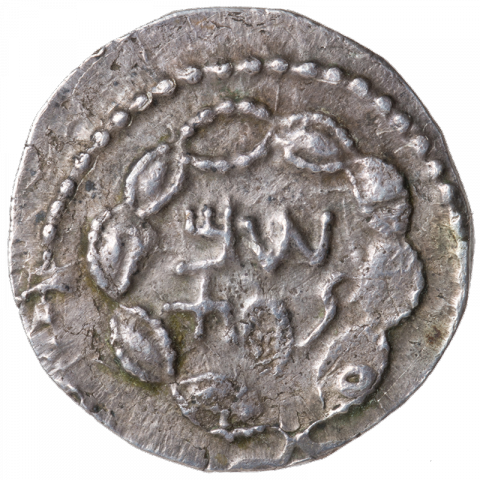
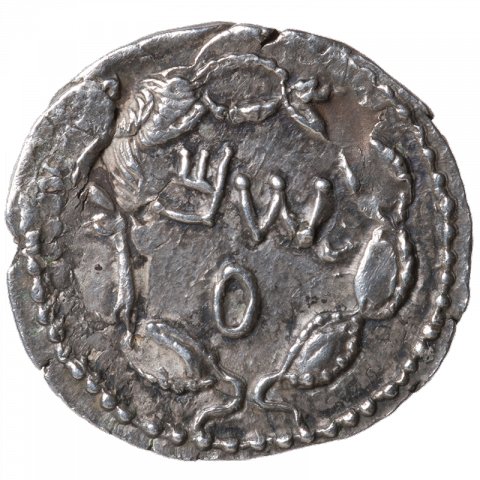

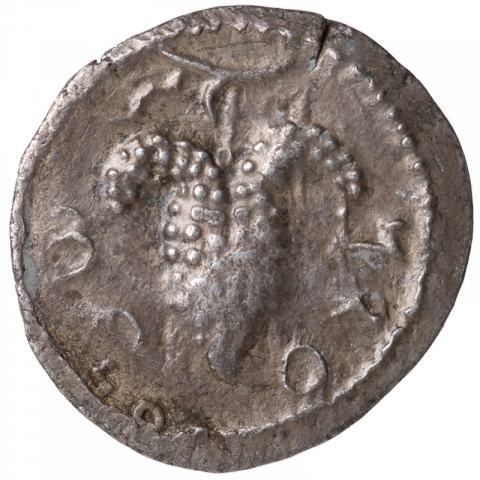
![Wreath; Paleo-Hebrew: é M (Shim[eon]) Wreath; Paleo-Hebrew: é M (Shim[eon])](../sites/default/files/styles/large/public/images/coins/15_09A_1.png%3Fitok=r2CUc5KM)
![Wreath; Paleo-Hebrew: é M (Shim[eon]) Wreath; Paleo-Hebrew: é M (Shim[eon])](../sites/default/files/styles/large/public/images/coins/15_09B_1.png%3Fitok=EgGIql6d)

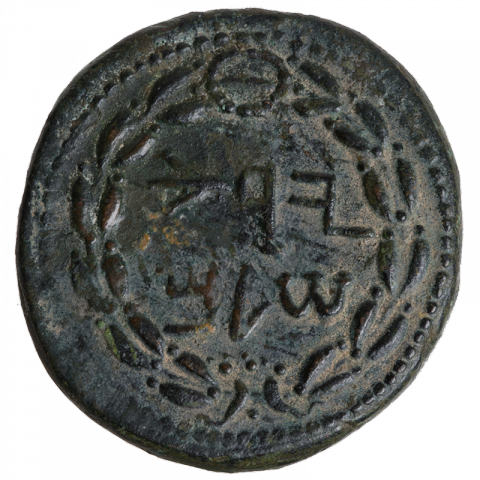

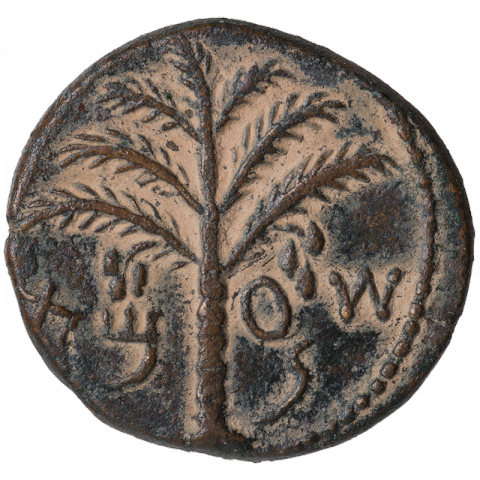
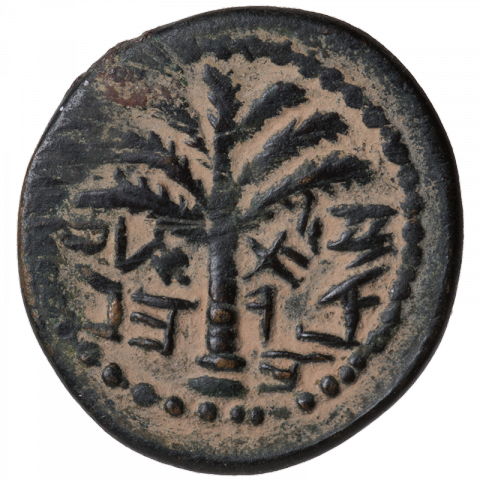

![Wreath; Paleo-Hebrew: é M (Shim[eon]) Wreath; Paleo-Hebrew: é M (Shim[eon])](../sites/default/files/styles/large/public/images/coins/15_13B_1.png%3Fitok=Uc4_KRuf)
![Wreath; Paleo-Hebrew: é M (Shim[eon]) Wreath; Paleo-Hebrew: é M (Shim[eon])](../sites/default/files/styles/large/public/images/coins/15_14A_1.png%3Fitok=NbkB5Iid)
